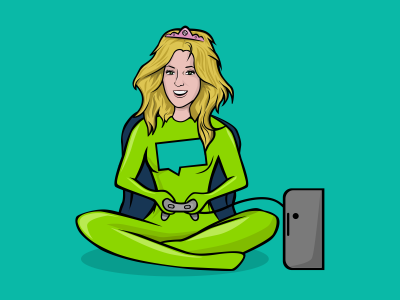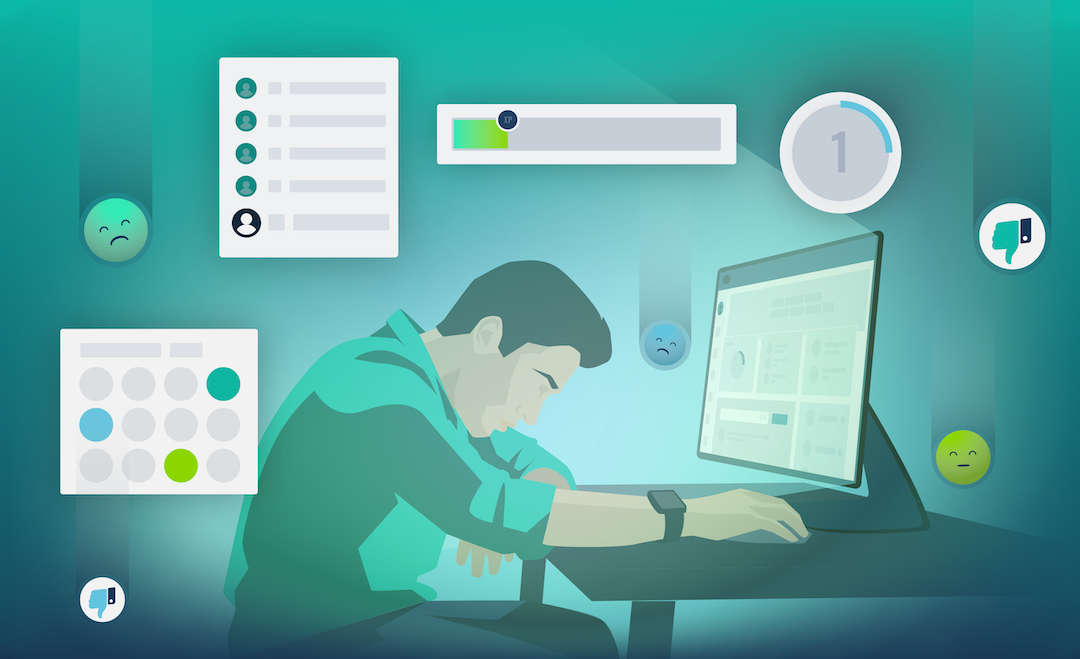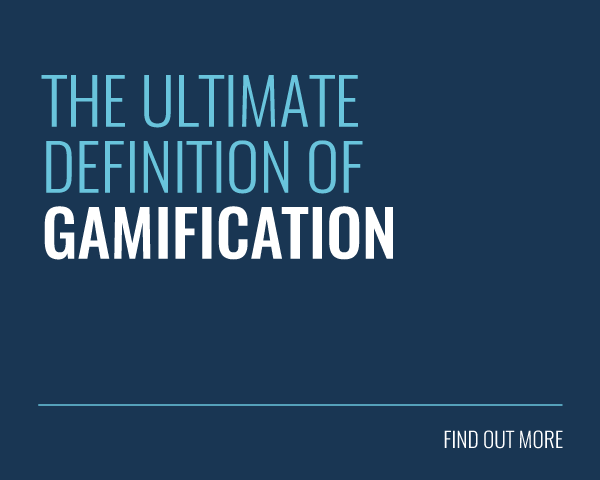 Humans are extraordinary. We’re a species of skydivers, roundabout enthusiasts, stamp collectors and astronauts. We’re a wonderfully wacky assortment of characters, and we definitely aren’t as predictable as we often think.
Humans are extraordinary. We’re a species of skydivers, roundabout enthusiasts, stamp collectors and astronauts. We’re a wonderfully wacky assortment of characters, and we definitely aren’t as predictable as we often think.
The field of behavioural science has made understanding human behaviour its mission.
Behavioural design fuses behavioural science with design thinking, a human-focused approach to problem-solving. The goal of behavioural design is to use technology to change human behaviour. But, before you start dreaming about downloading new skills directly into your brain, think about the power of ingenious user experiences which gently affect your behaviour.
Finding the Motivation to Change
To change behaviour, you need to understand motivation. BJ Fogg has devised a framework explaining how behaviour change and motivation are connected. If you want someone to change their behaviour, you need to make sure that they have both the ability and the motivation to do so.
We now know that motivation isn’t just about carrots and sticks. They represent external motivators like rewards and punishments, but they ignore the most powerful motivators. Behavioural designers have found that the most powerful motivators are internal.
More than anything else, we want autonomy, mastery, and purpose. This is partly why videogames are so popular! They give you free reign over whole new worlds. They give you the chance to hone your skills until you’re top dog. They give you a clear purpose and they make you feel important.
Behavioural Design or Gamification?
When behavioural designers create software, they don’t simply focus on its functionality. Instead, they design their software with human behaviour in mind. Behavioural design’s human-focused approach can make boring tasks feel more like games than chores. In fact, behavioural design and gamification have a lot in common!
The videogames industry has perfected the art of engaging gamers, teaching them new behaviours and keeping them desperate for more! Take World of Warcraft as an example. It has 11 million users and between them they’ve clocked up a whopping 6 million years of game time!
For World of Warcraft to have achieved this, it needed to be 100% human-focused. Like other video games, its only agenda is to engage its users and keep them flocking back for more. For the past 30 years, game designers have honed this art to grow a global, multi-billion-dollar industry. With this success in changing user behaviour, it was only a matter of time before behavioural designers looked to video games for inspiration.
Audrey Crane’s Gamification Hierarchy for Behavioural Designers

Audrey Crane created a nifty four level hierarchy to help designers understand how they can use game mechanics to change behaviour.
Level 1: Cosmetic
The visuals and scripting of video games are so immersive that you could easily get lost in their alternate realities. The beautiful graphics and rich story lure you in and invite you to engage. To achieve cosmetic gamification you simply need to mimic the language and visuals of videogames. This is a very simple strategy to make software more appealing. But, if the visuals and wording aren’t carefully thought through, they can fall flat and seem gimmicky.
In Online Learning…
To keep your learners engaged you need to make sure your LMS looks slick and your content looks kickass. If you want your content to look videogame-level awesome, you can’t just bung in some pretty pictures and hope it will mask an ugly platform. You need an LMS that looks gorgeous to begin with, then you can add the finishing flourishes!
Level 2: Accessory
When people hear ‘gamification’, their minds fill with points, leaderboards and badges. These externally motivating features make up the second level of Audrey’s Hierarchy. Used wisely, they can be powerful motivators. Human beings are preprogrammed to reach targets, win rewards and top leaderboards! The dopamine rush that these ‘accessories’ give will delight everyone who crosses their path!
In Online Learning…
Accessory gamification features make learning more enjoyable for learners. They help them to visualise their progress and make learning more social. Be careful though – you don’t want to tack on gamification features without thinking them through. You need to work out which game mechanics suit your organisation and then plan your gamification strategy to match.
Level 3: Integrated
Thoughtfully integrate gamification features into every aspect of software and they’ll become a key part of the finished product. Applied like this, integrated features bring the whole product together.
As an example, the Fitbit app has a leaderboard. All activity on the app feeds into it – the challenges, your steps and the social functionality. It’s the app’s driving force and it powerfully motivates its users.
In Online Learning…
Lots of LMSs come with some form of gamification. Normally, it’s added later as an afterthought. It can be entertaining, but it doesn’t provide the motivational boost that you can expect from fully integrated gamification features.
If you want your learning platform to come with integrated gamification, you can’t go for a bog-standard LMS. You need a NextGen LMS that was built from the ground up with gamification in mind.
Level 4: Basis
By level four, you’re no longer adding game-like features to a non-game product. Instead, you’ve crafted something that is a game. From its look and feel to the mechanism behind it, the whole thing is fundamentally a game. The only difference is that the game has a purpose. This means that you can take boring tasks and turn them into fun games.
In Online Learning…
Imagine the joy on your learners’ faces when they login to do their training and instead of an hour of slideshows, they find an arcade of learning games. When everything is designed to bring your learners happiness, you’ll reap the rewards of increased engagement!
Final Word
You can learn a lot from behavioural designers. You just need to take a step back and focus on your people. What do they want? What makes them tick? Do they want a cold and soulless learning platform or do they want an inspiring learning environment, designed for humans?
If you want to engage your learners click below to download our Engagement Engine Workbook!









